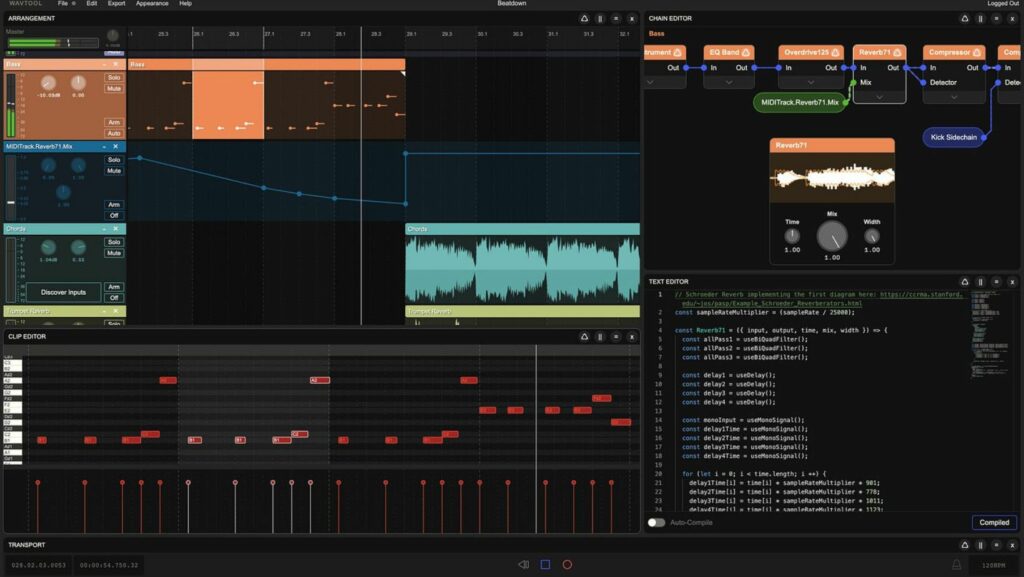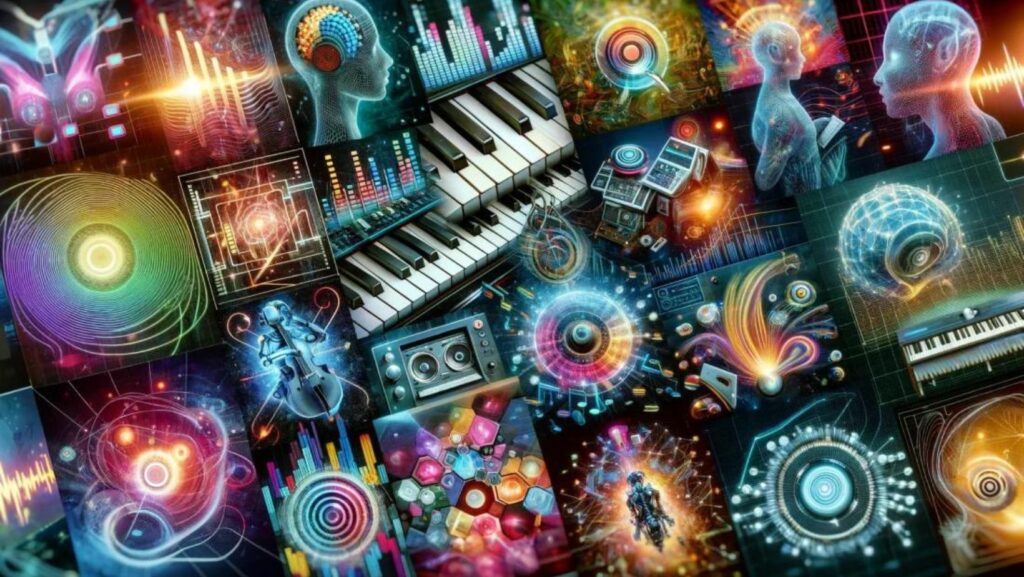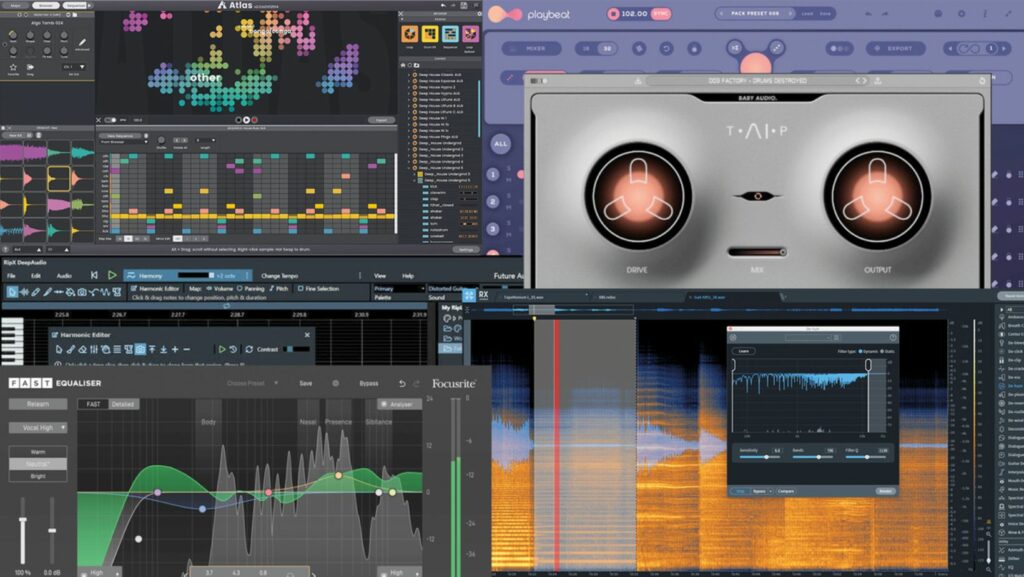Artificial Creativity Music Software for Commodore

Exploring the realm of artificial creativity music software for Commodore opens up a world where innovation meets harmonies. As a tech enthusiast, I’ve delved into the captivating fusion of technology and artistry that these programs offer. Imagine a digital symphony at your fingertips, composed not by human hands, but by algorithms designed to spark musical ingenuity.
In this article, I’ll delve into the evolution of artificial creativity music software for Commodore tailored specifically for Commodore systems. From algorithmic composition to AI-generated melodies, these tools redefine the boundaries of musical creation. Join me on a journey through the digital landscape where the lines between human and artificial creativity blur, unveiling a new era of musical exploration.
Exploring Artificial Creativity Music Software for Commodore
Historical Context of Music Software on Commodore

In the realm of music software on Commodore systems, historical perspectives offer valuable insights into the evolution of digital creativity. These systems paved the way for innovative music software, shaping the foundation for modern artificial creativity tools. From early MIDI sequencing programs to sophisticated composition software, Commodore platforms have played a significant role in the development of musical innovation.
Features of Modern Artificial Creativity Tools
Modern artificial creativity tools for Commodore systems showcase advanced capabilities that blend technology and musical artistry seamlessly. These tools harness the power of AI algorithms to generate intricate melodies, harmonies, and rhythms, revolutionizing the way music is composed. With features like real-time composition, adaptive learning, and customizability, these tools empower musicians to explore new horizons in musical expression.
Key Players in Commodore Music Software Development
Pioneering Developers and Their Contributions
In the realm of Commodore music software development, notable pioneers have made significant contributions that shaped the landscape of artificial creativity tools. Visionaries like Rob Hubbard and Martin Galway revolutionized music composition on Commodore systems by harnessing the platform’s capabilities to create iconic soundtracks for video games. Their innovative use of the SID sound chip in Commodore 64 computers set new standards for music production in the 1980s, influencing a generation of musicians and composers.

Another key player in Commodore music software development is Chris Hülsbeck, known for his groundbreaking work in creating music for games like “Turrican” on the Commodore 64 and Amiga platforms. Hülsbeck’s innovative approach to blending electronic and orchestral elements in his compositions redefined the possibilities of music creation within the constraints of early computer systems. His contributions laid the foundation for incorporating complex musical arrangements in interactive media, pushing the boundaries of creativity in the digital realm.
How These Innovations Influenced Modern Music Production
The innovations spearheaded by pioneering developers in Commodore music software development have had a lasting impact on modern music production techniques. By pushing the technical boundaries of early computer systems, these visionaries paved the way for a new era of digital music creation that transcends traditional limitations.
The influence of Rob Hubbard, Martin Galway, Chris Hülsbeck, and other trailblazers from the Commodore era can be seen in contemporary music production tools that leverage advanced algorithms and artificial intelligence to streamline composition processes. Their legacy continues to inspire innovation in the development of music software, empowering musicians with tools that blend human creativity with artificial intelligence to unlock new realms of expression.
The visionary work of key players in Commodore music software development has not only shaped the evolution of artificial creativity tools but has also left an indelible mark on the landscape of modern music production. Their contributions serve as a testament to the intersection of technology and artistic expression, highlighting the transformative power of innovation in the realm of music composition.
Ease of Use for Beginners vs. Professionals
As I delve into the user experience of artificial creativity music software for Commodore systems, it’s evident that the interface design caters to both beginners and professionals in distinct ways. For novices, the software offers intuitive features and a user-friendly layout, allowing them to easily navigate and experiment with music composition. On the other hand, seasoned professionals benefit from advanced tools and customizable options that enhance the depth and complexity of their musical creations. This versatility in catering to users with varying levels of expertise underscores the software’s adaptability and inclusivity.



